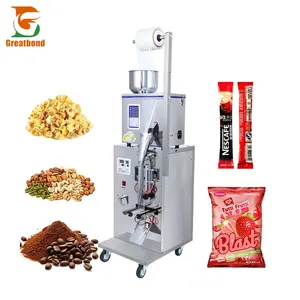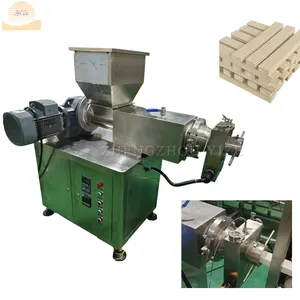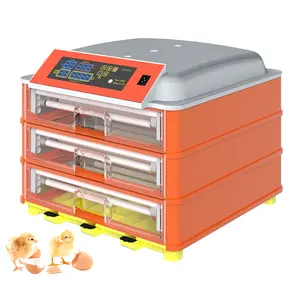Popular in your industry







































































Related Searches:























































































































































Top categories
About single pass digital printer
A single-pass digital printer is a cutting-edge device used to create high-quality prints with exceptional speed and precision. It is specifically designed to produce prints in a single pass, significantly reducing the time taken to complete a printing job. This printer is equipped with advanced technologies that allow it to swiftly and accurately apply digital images onto various materials, catering to the needs of industries requiring efficient and rapid printing solutions.
How does a single-pass digital printer work?
A single-pass digital printer operates by utilizing advanced printing mechanisms to apply digital images onto a substrate in a single continuous pass. The key to its rapid printing capability lies in its ability to do this without the need for multiple passes of the print head. The printer processes digital images and transmits them directly to the print head, which comprises an array of nozzles. These nozzles eject microscopic droplets of ink or other marking materials onto the substrate, creating the desired image. The precise control of the nozzles and the substrate's consistent movement ensure that the image is accurately reproduced in a single pass. This efficient process enables the single-pass digital printing machine to achieve high speeds while maintaining print quality, making it ideal for large-scale and time-sensitive printing applications.
The main components of a single-pass digital printer
The main components of a single-pass digital printer include the print head, the substrate handling system, the ink delivery system, and the control interface. The print head is the core component responsible for depositing the ink or other marking materials onto the substrate. It consists of an array of nozzles that precisely control the placement of individual droplets, ensuring accurate image reproduction. The substrate handling system is designed to move the substrate at a constant speed during the printing process, allowing for a seamless and continuous application of the image. The ink delivery system supplies the print head with the required ink, which is crucial for maintaining a consistent and uninterrupted printing operation. The control interface serves as the user's gateway to the printer, providing options to configure print settings and monitor the printing process. Together, these components work in harmony to enable the single-pass UV printer to deliver efficient, high-speed, and high-quality printing results.
The difference between the different types of single-pass digital printers
Single-pass digital printers can be categorized based on the type of technology they use to apply digital images. One common distinction is between inkjet and laser-based single-pass printers. Inkjet printers, such as the Continuous Inkjet (CIJ) and Drop-on-Demand (DOD) printers, use ink droplets to create images. The CIJ operates by continuously ejecting droplets of ink, while the DOD selectively deposits ink droplets on the substrate. On the other hand, laser printers utilize laser technology to fuse toner onto the substrate. This technology is commonly found in single-pass laser printers, known for their speed and precision in applying toner to the substrate. Each type of single-pass digital printer has its unique advantages, making them suitable for different applications. Inkjet printers are favored for their versatility in printing on various materials, making them popular in industries such as packaging and textile. In contrast, laser-based printers are known for their exceptional speed and accuracy in high-volume printing, often used in commercial and industrial settings.








































